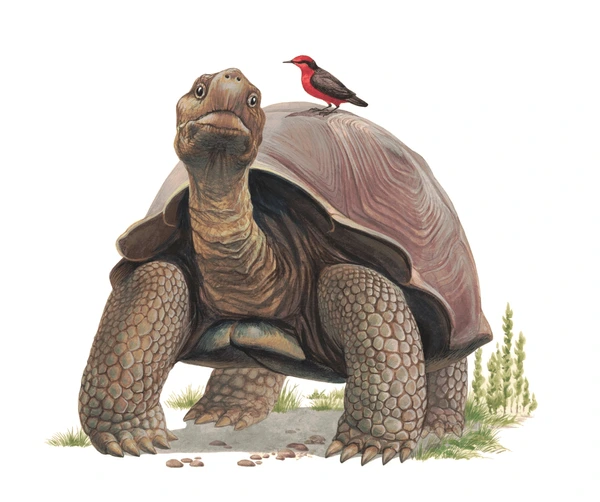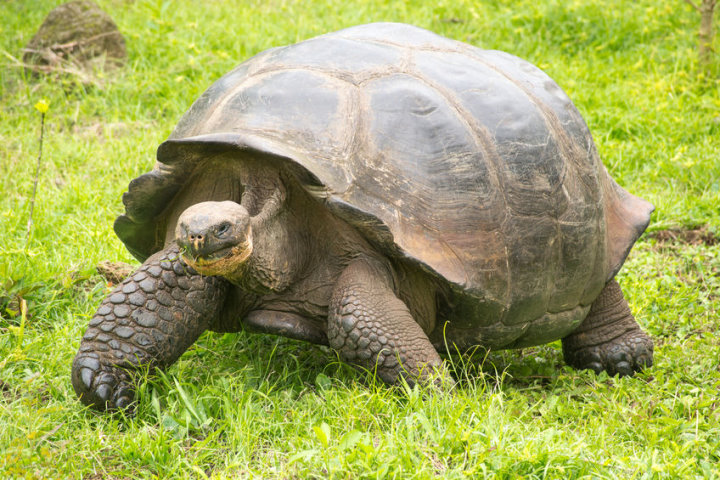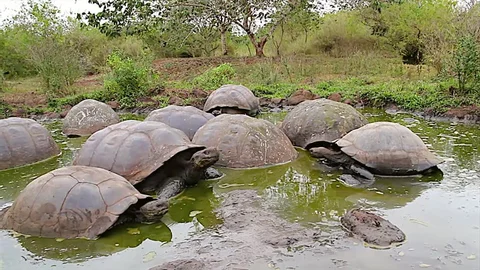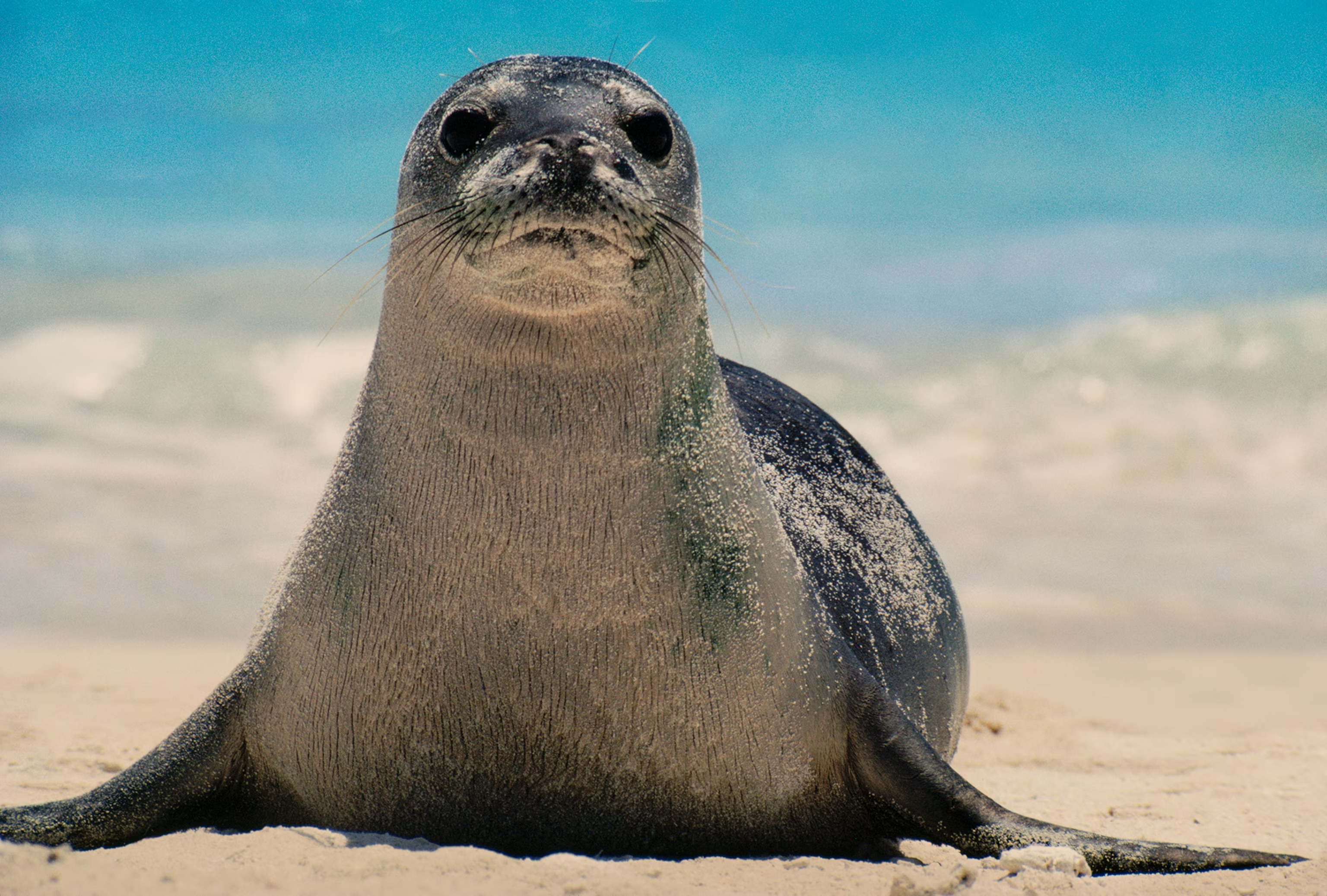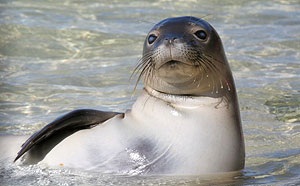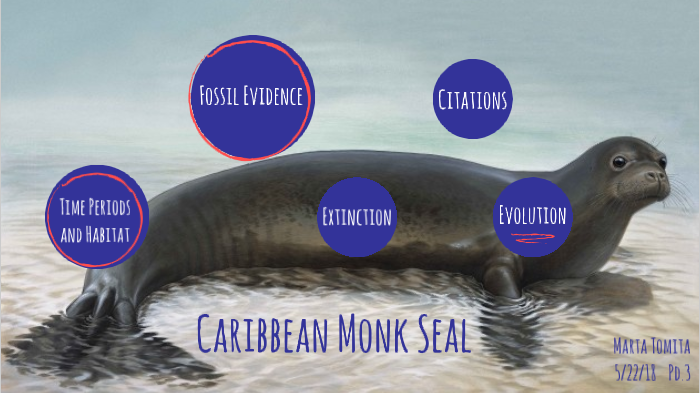The Floreana Island Giant Tortoise was a subspecies of Galápagos tortoise endemic to Floreana Island in the Galápagos archipelago. These massive reptiles could reach over 1.5 meters (5 feet) in length and weigh up to 400 kg (880 lbs), making them among the largest tortoises to ever exist.
First documented by Charles Darwin during his visit in 1835, the tortoises were already rare due to exploitation by whalers and pirates who used them as a source of fresh meat on long voyages. The last known purebred individual died in captivity in 1852, though recent genetic studies have revealed hybrid descendants on other islands.
These tortoises played a crucial ecological role as "ecosystem engineers," shaping vegetation patterns through their grazing and dispersing seeds across the island. Their extinction dramatically altered Floreana's ecosystem.
